Merging the public and the private setting of a family residence, the Lyon Housemuseum is designed by one of Melbourne’s leading architects Corbett Lyon. Designed from the outset to challenge the conventional perceptions of public and private as well as exploring new relationships between art and architecture, the museum building won the Australian Institute of Architects Harold Desbrowe-Annear Award for Residential Architecture in 2010 and was exhibited at the 2010 World Architecture Festival in Barcelona. However, Corbett Lyon and his wife Yueji Lyon did not just stop there – they wanted to share their art collection with the public as much as they could and have thus built and opened a major new extension next door, the Housemuseum Galleries.
Corbett Lyon shares with LARRY’S LIST their journey from a house-museum to a fully operating public gallery, how they have a key hand in the operation and curation of the museum’s exhibitions and programs besides collecting and designing the museum buildings, and moreover, he talks about the key elements that determine the success of a private museum.
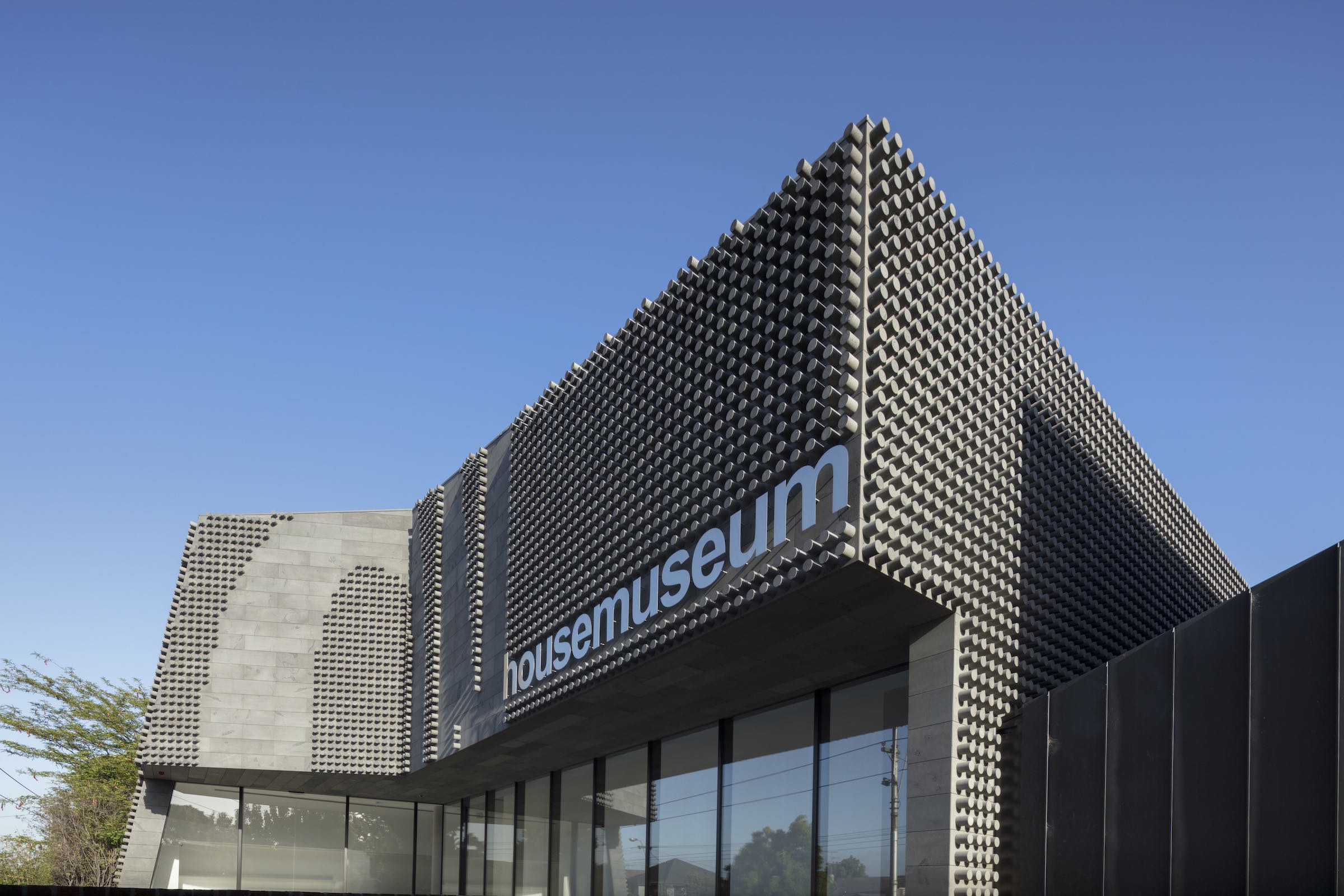
From Lyon Housemuseum to Housemuseum Galleries
What is your motivation behind opening Lyon Housemuseum?
We opened our Housemuseum to the public in 2009 to share works from our collection with members of the public. At that stage we had a very large collection of Australian contemporary art, and we felt that it was important that we, as custodians of these significant Australian works, make them available for public viewing and research.
How did you have the idea to have a hybrid purpose-designed building as both private residence and museum?
We faced a dilemma that all collectors face and that is, how do you house and display a private collection? As an architect interested in the history and design of museums, I decided to create a purpose-designed building which would not only house and display our expanding collection, but which would also be a home for our family. So I brought together two seemingly incompatible types – ‘home’ and ‘museum’ – and joined them together and juxtaposed them, in a unique building design that I have called the ‘Housemuseum’.
We open the Housemuseum on designated days each year and have had many thousands of people from all over the world come to visit since we opened in 2009.
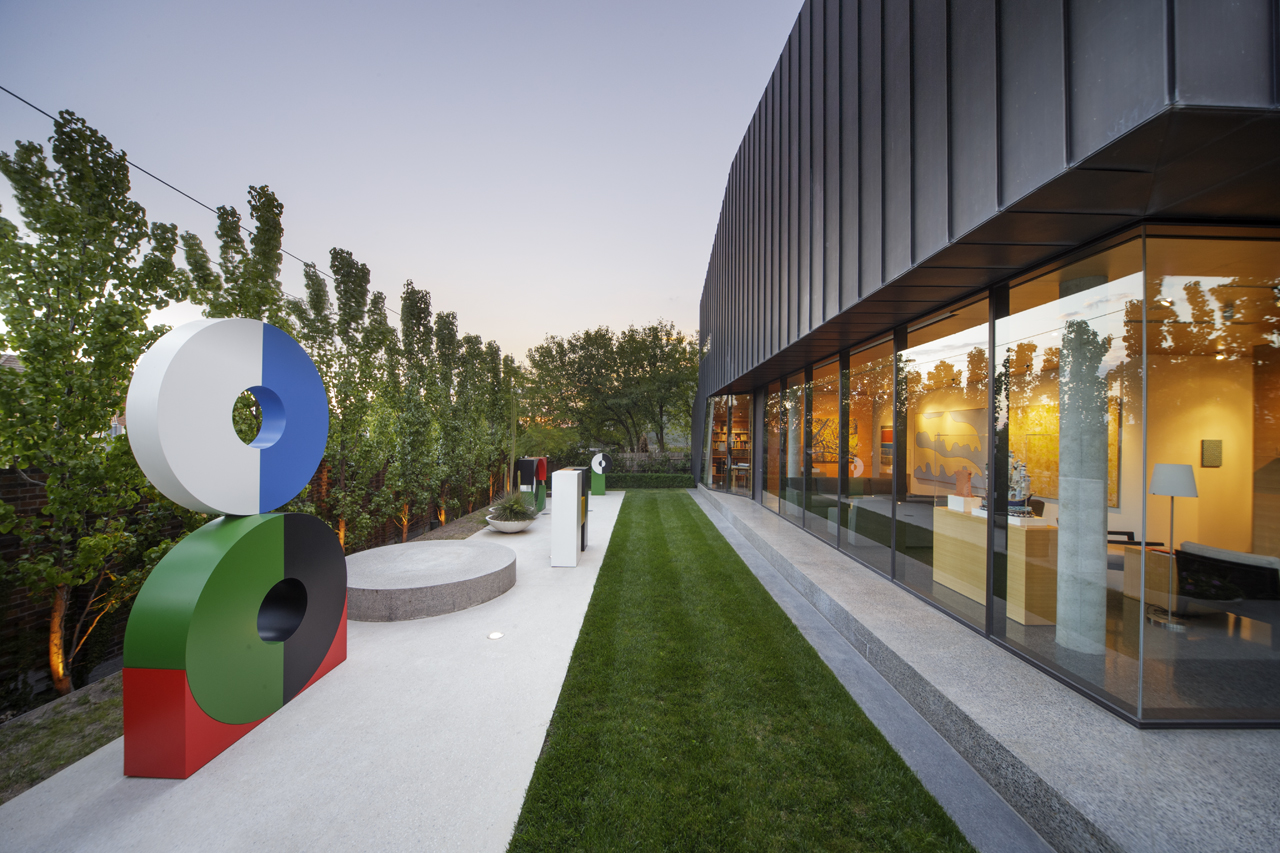
Why did you decide to expand the museum with the recently launched Housemuseum Galleries?
With the popular and critical success of the original Housemuseum, we decided to expand it with a major new extension next door, which we have named the Housemuseum Galleries.
The new public galleries sit directly alongside the original Housemuseum and are open to the public six days each week throughout the year. The Galleries opened in March this year and operate as a fully public museumwith an independent Board of Directors and support from a not-for-profit foundation that my wife Yueji and I set up in 2012.
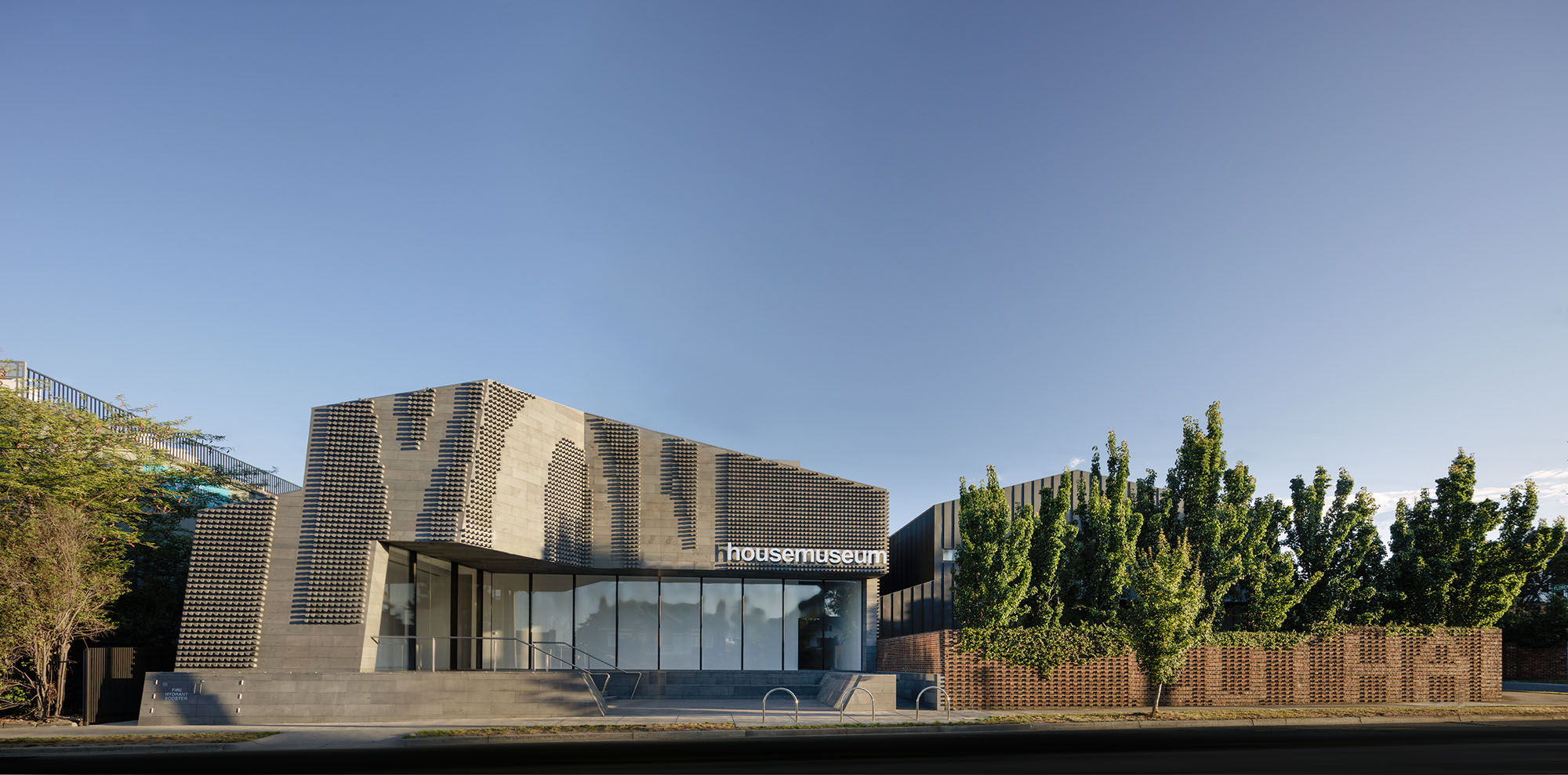
Why is it important for you to share your collection with a wider public?
We have never had the idea that we are the owners of works in our collection, but rather that we act as custodians who are looking after them on behalf of the artists and on behalf of the public. So a big part of our motivation from the beginning has been to share as much of the collection as we are able with the wider public. And with the newly opened Galleries, we have a greater opportunity to do just that.
Why did you choose this location / city for opening the museum there?
We spent years searching for the right site for the original Housemuseum. We finally settled on the suburb of Kew in Melbourne’s east. We liked the idea of an ‘off-centre’ location, and it is a suburb that is well served by public transport from the central city. The 109 tram from central Melbourne literally stops at the front door of our museum so it’s very easy for visitors, including interstate and international visitors, to come out to see us.
What is the mission of the museum? What are the ways to achieve this mission?
Our museum’s key mission is to support and promote Australian contemporary art, architecture and design, and we do this through collecting works of art and design objects – the collection continues to grow with new acquisitions each year – and through exhibitions and programs which include partnerships with creative practitioners both in Australia and overseas.
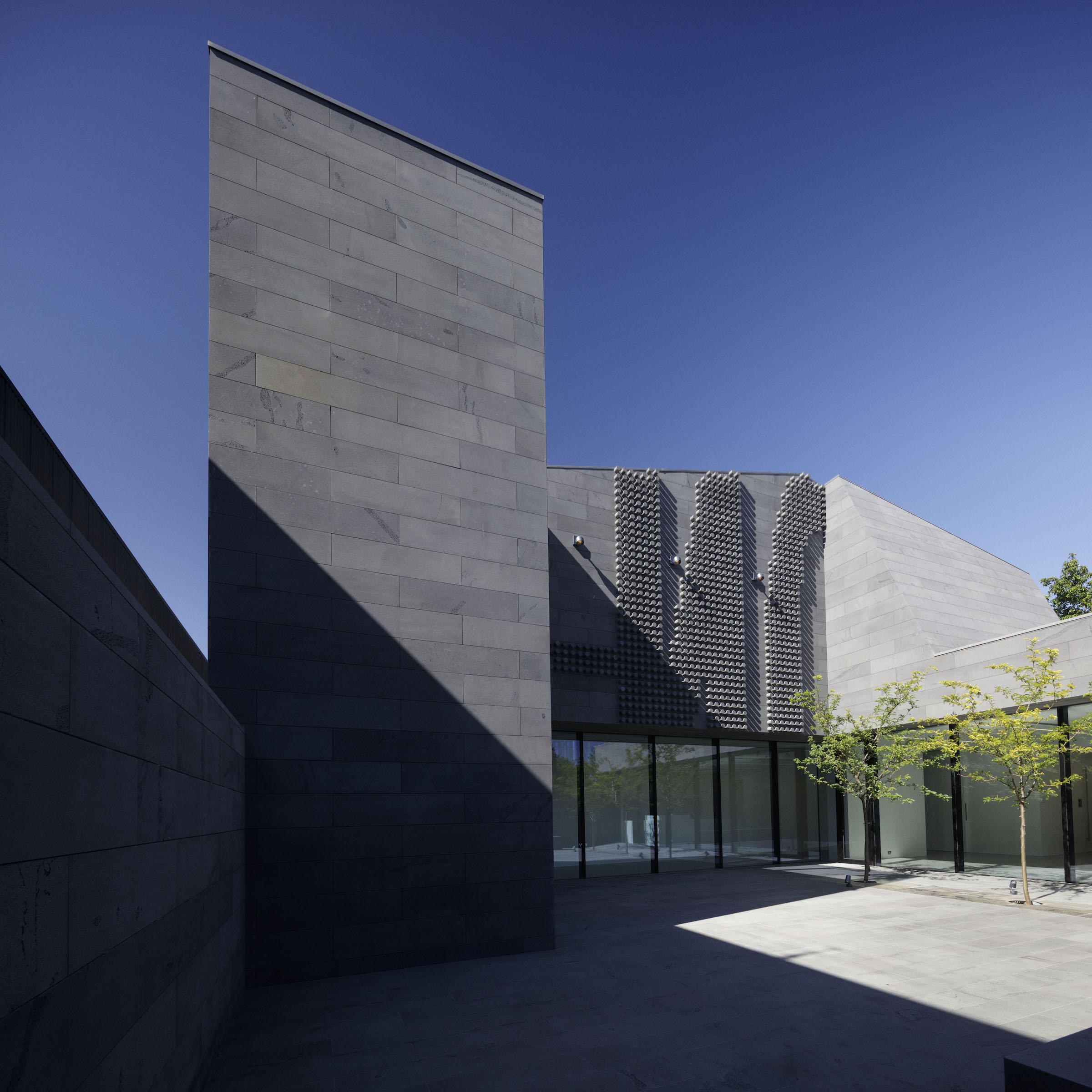
The Collection
How many artworks do you own and how many of them are displayed in the museum?
We have more than 350 objects in the collection representing 53 Australian artists. About a quarter of the collection is on display in the original Housemuseum at any one time, and now with the Galleries opened, we are able to show more of it.
What is the focus of the collection?
We collect works that have particular resonance and interest for us and works by artists who we see have a distinctive voice and in particular have a strong commitment to what they do.
The collection doesn’t have a singular theme. In fact, it is quite eclectic and multifaceted. We have collected works that engage with ideas about the contemporary city, about cultural politics and the impacts of new technologies. We also have an interest in non-objective abstract painting.
Our collection included many works that have in some way changed the course of Australian art history, including Howard Arkley’s monumental ‘Fabricated Rooms’,which marked one of these shifts from looking at the Australian ‘bush’ and outback to looking at Australia’s cities and suburbs.
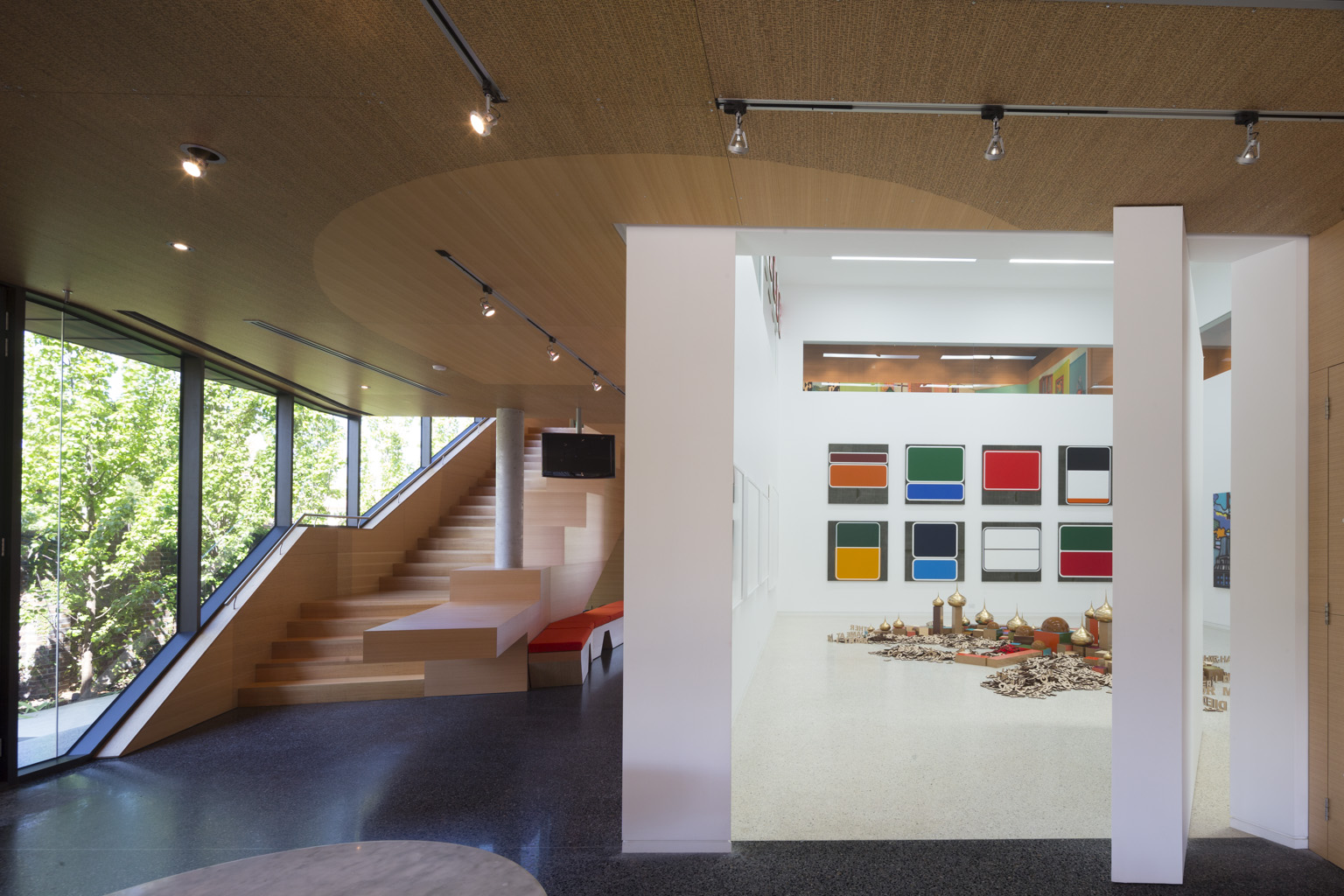

How is the division between your private home and museum? Are there works that you prefer keeping private?
For the moment, we are keeping many of the early works in the collection in our private Housemuseum and are showing newer acquisitions in the new public Galleries. We are progressively gifting all of the works in our private collection across to the new public museum so that in time they can all be enjoyed in perpetuity by members of the public.
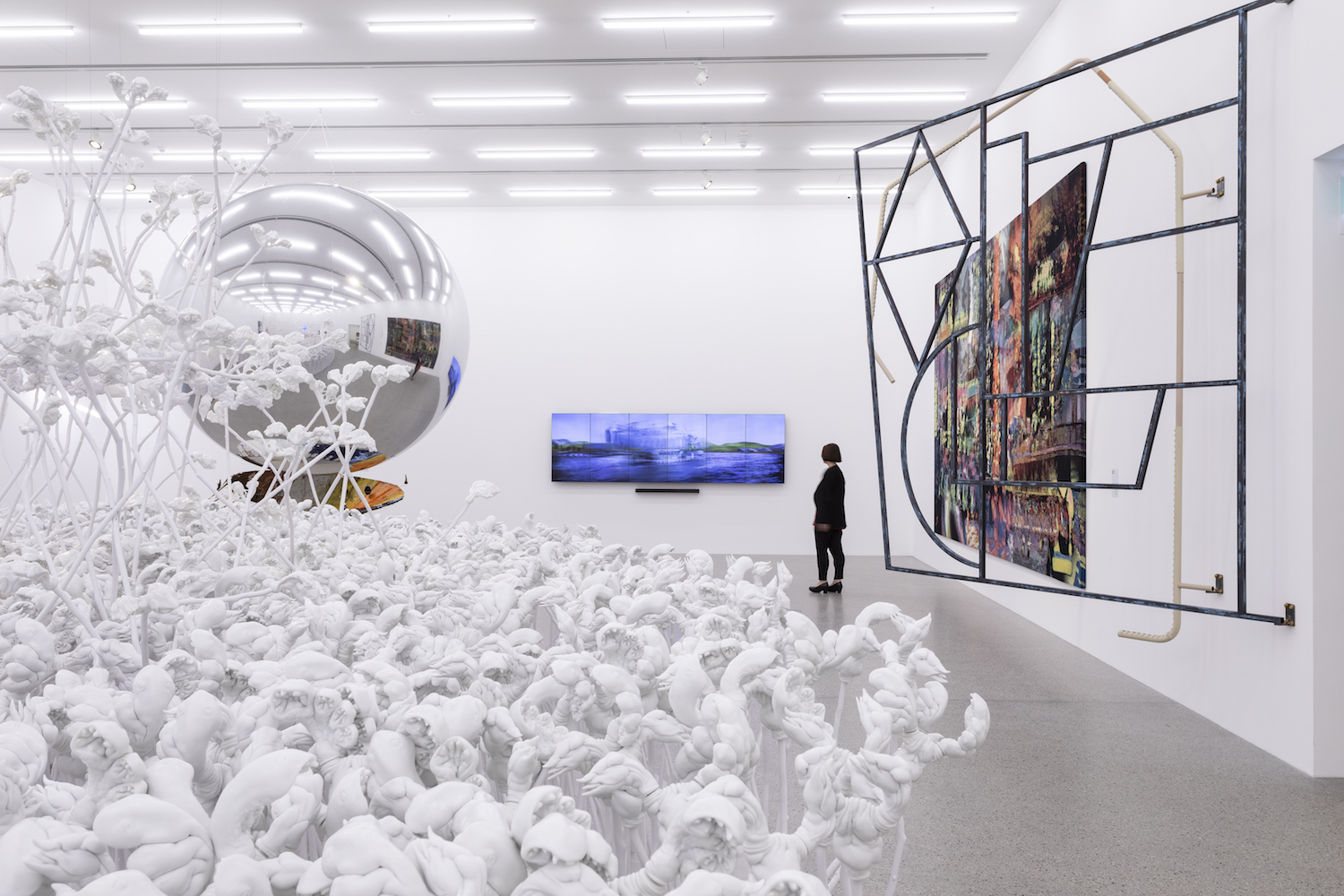
The programming and beyond
How much do you involve in the programming as well as the curating of exhibitions in the museum?
We are involved in a hands-on way in all aspects of the curation of the museum’ exhibitions and programs and, I have also had the privilege and opportunity of designing both museum buildings. All of this of course supported by a young and enthusiastic team at our new Galleries.
I dare say it’s a rare thing to have a couple such as Yueji and I involved in both the making of the collection and me personally designing the two museums, and also having a key hand in the operation and curation of the museum’s exhibitions and programs.
How is the relationship between you and the curators of the museum?
Our small team works very much as an integrated planning, design and delivery team.
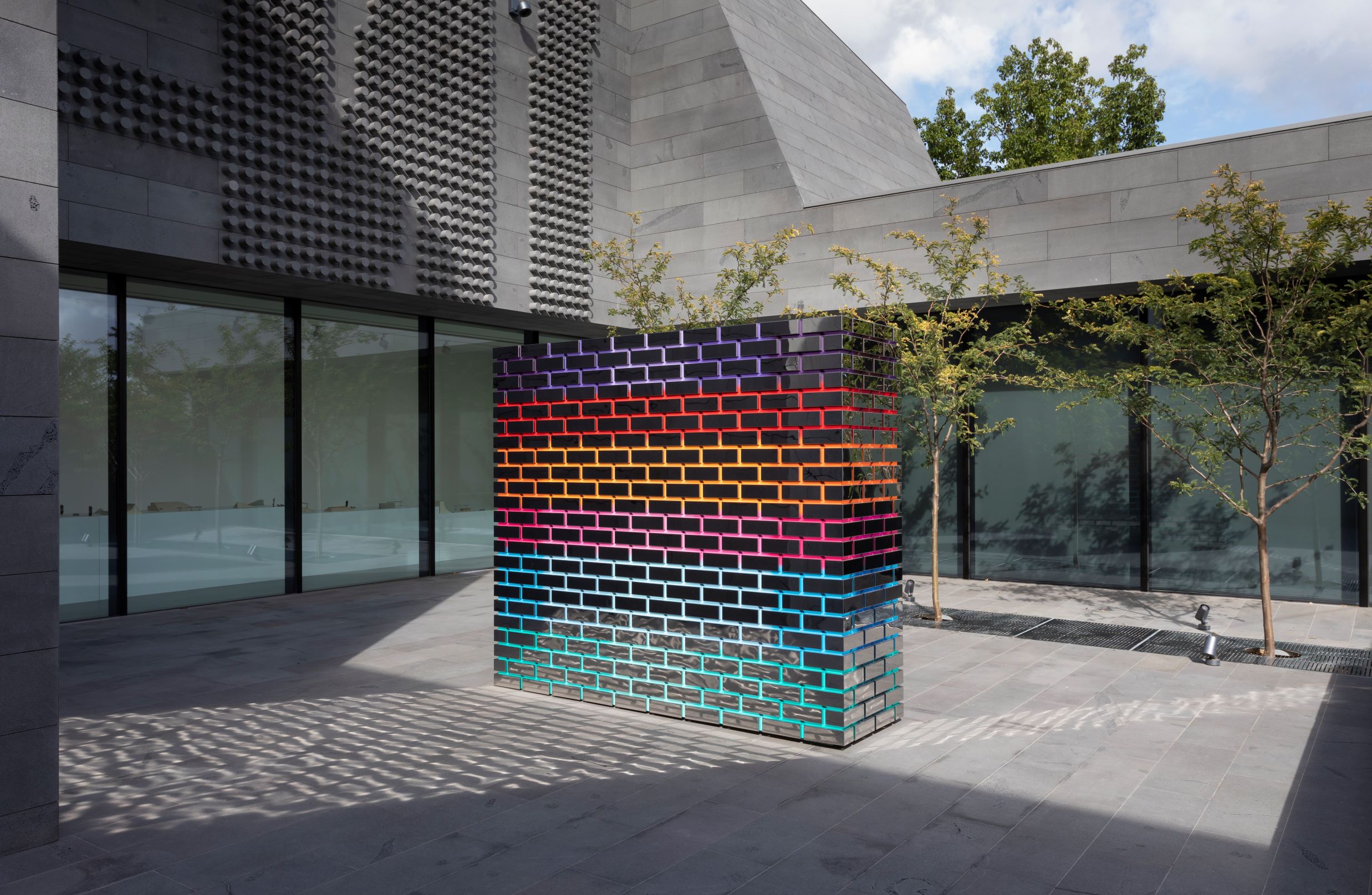
Can you tell more about the inaugural show at the new Housemuseum Galleries right now?
The inaugural show at the Galleries, ENTER, is focused on a long-standing interest of mine – the interrelationship of viewer, artwork and space. This revolves around Duchamp’s idea of the viewer being an important part in the completion of a work of art. We have commissioned 16 Australian artists to respond to this idea – creating works that are related to the visitor experience – how the works are encountered and placed in the spaces of the new museum.
The exhibition includes five artists already represented in the collection and eleven artists who are new to it, and all have created amazing works for this first show.
What are the special upcoming programs that we should not miss out?
We are currently in the planning stages of a co-curated show with an international design museum, which we will be presenting in the Galleries in March next year. It has been a wonderful opportunity to share our thinking and ideas with the senior curators from this famous design institution.
We look forward to welcoming people from both Australia and around the world to this exhibition in Melbourne in March 2020.
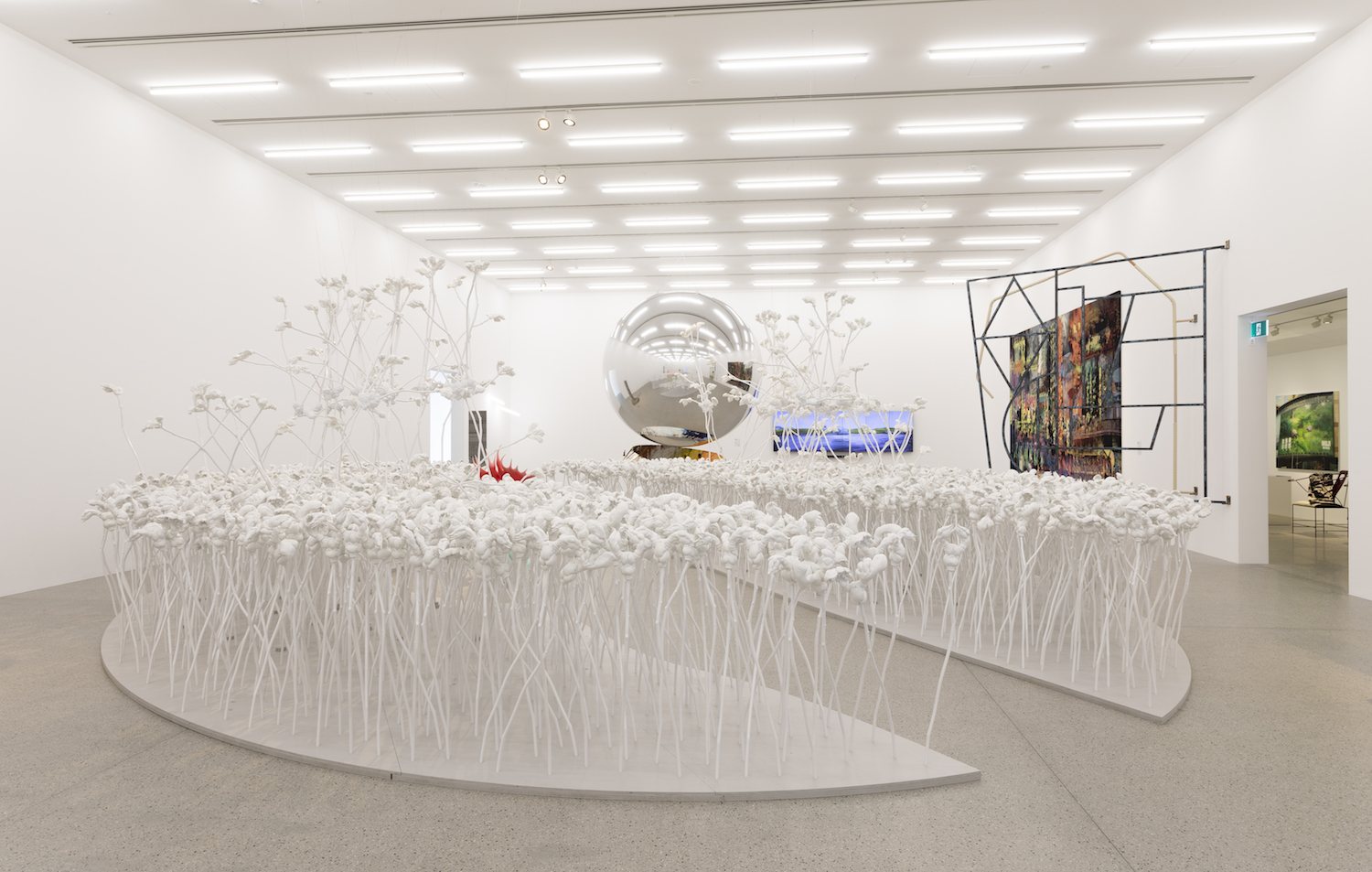
What are on your wish list of 2019 regarding artworks and your museum?
We have a new exhibition coming up in the new Galleries in September this year that will showcase key works from our Lyon Collection. Next year we are co-curating and presenting a new exhibition at the Galleries in conjunction with a major international design museum.
What do you think are the key elements that determine the success of a private museum?
I think that the most important ingredient for success is that the museum has a distinctive story to tell its visitors – by way of its collection, its architecture, and of course the story of its founders and benefactors.
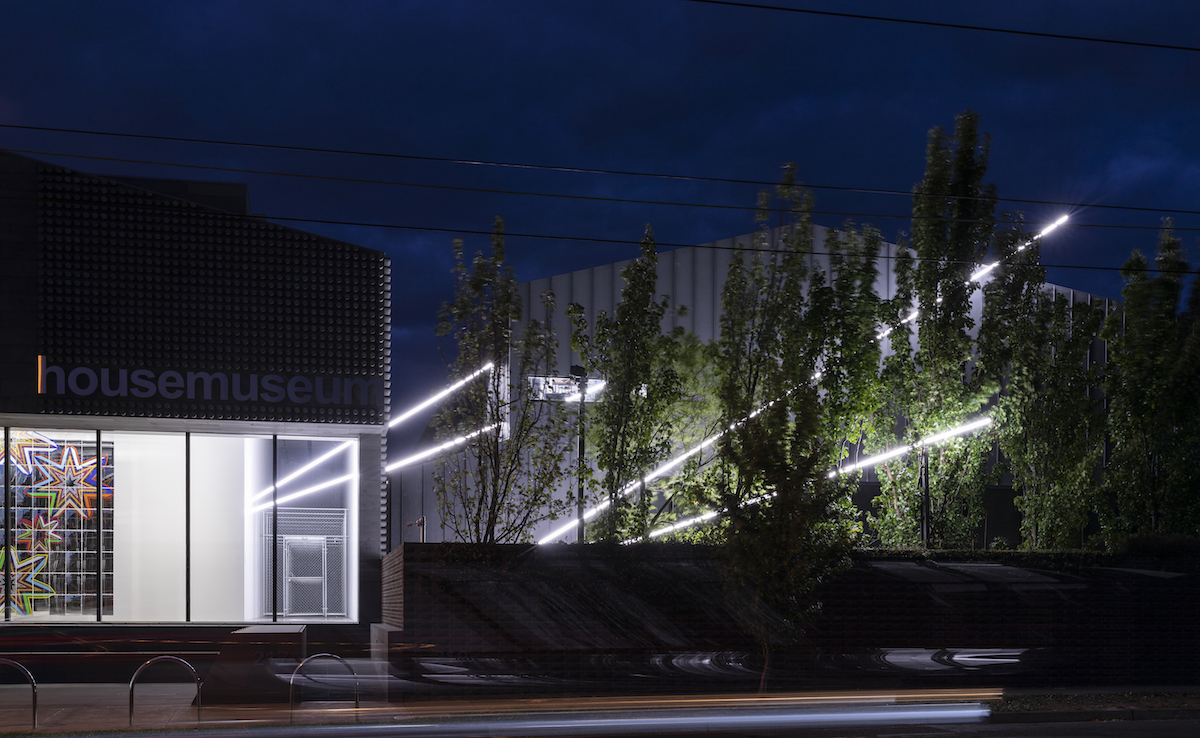
Related: Lyon Housemuseum
Instagram: @lyonhousemuseum
Lyon Housemuseum is one of the museum partners of our 2019 edition of THE PRIVATE ART PASS.
This ‘Private Museum Insights’ editorial series is born with the support of Phillips, a partner of THE PRIVATE ART PASS 2019.





